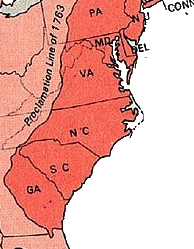Southern Colonies
Maryland
Virginia
North Carolina
South Carolina
Georgia
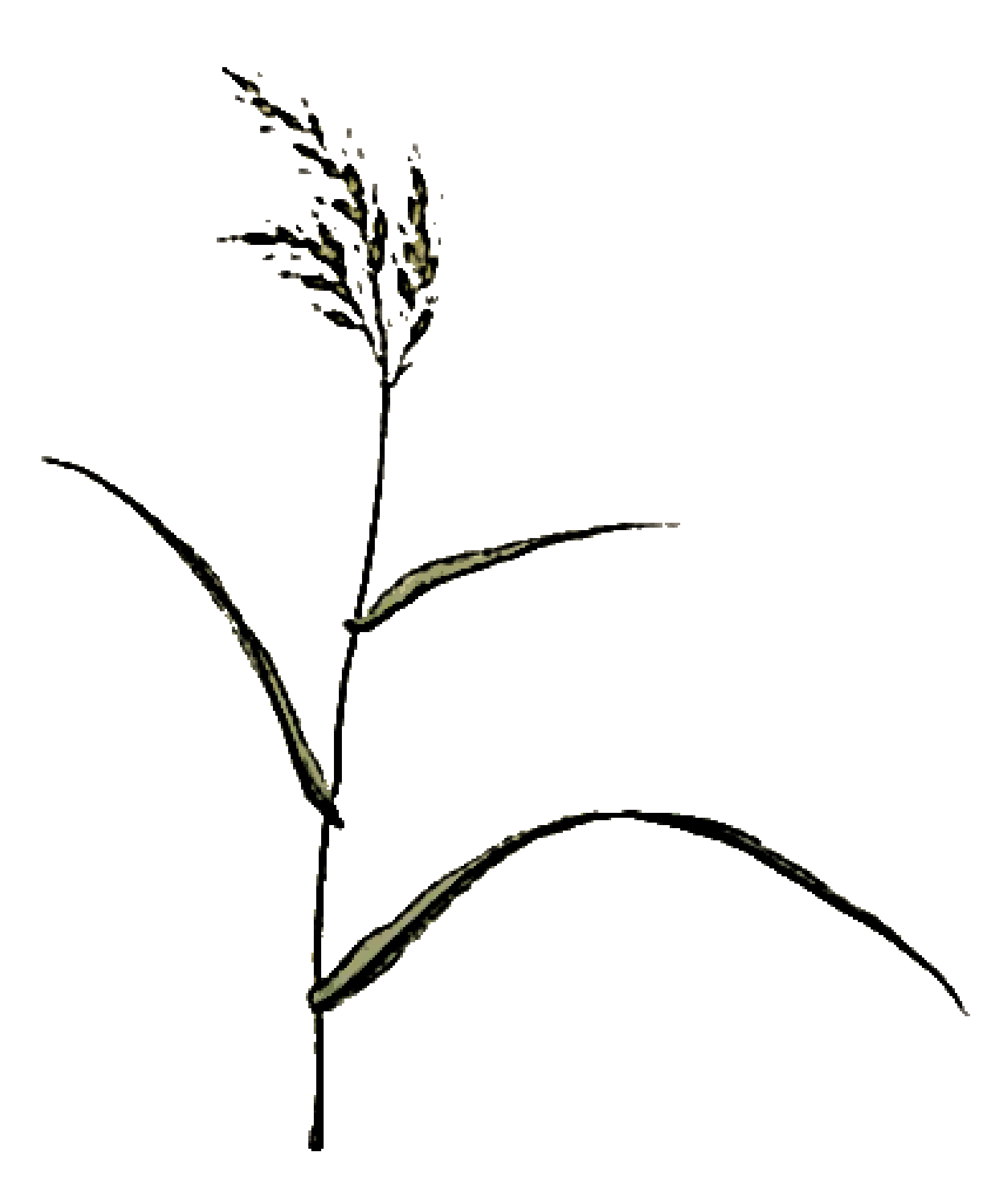
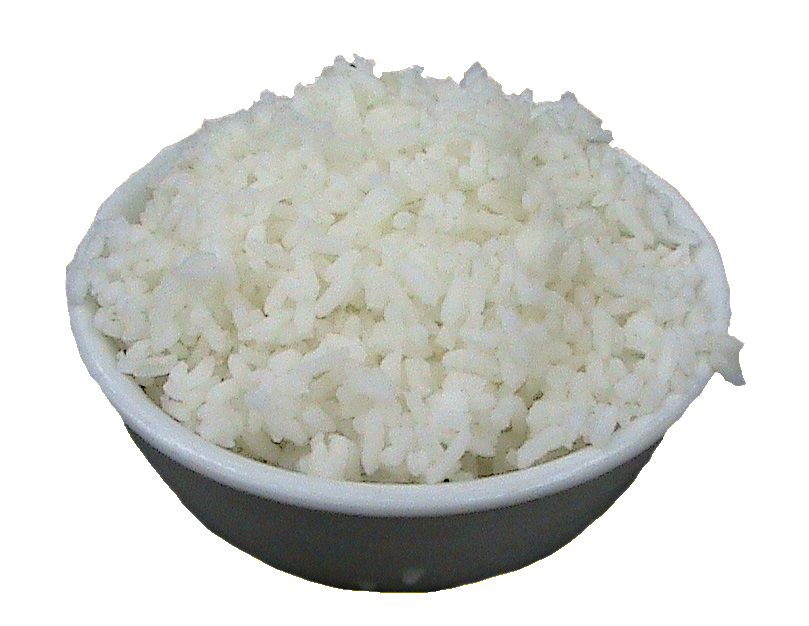
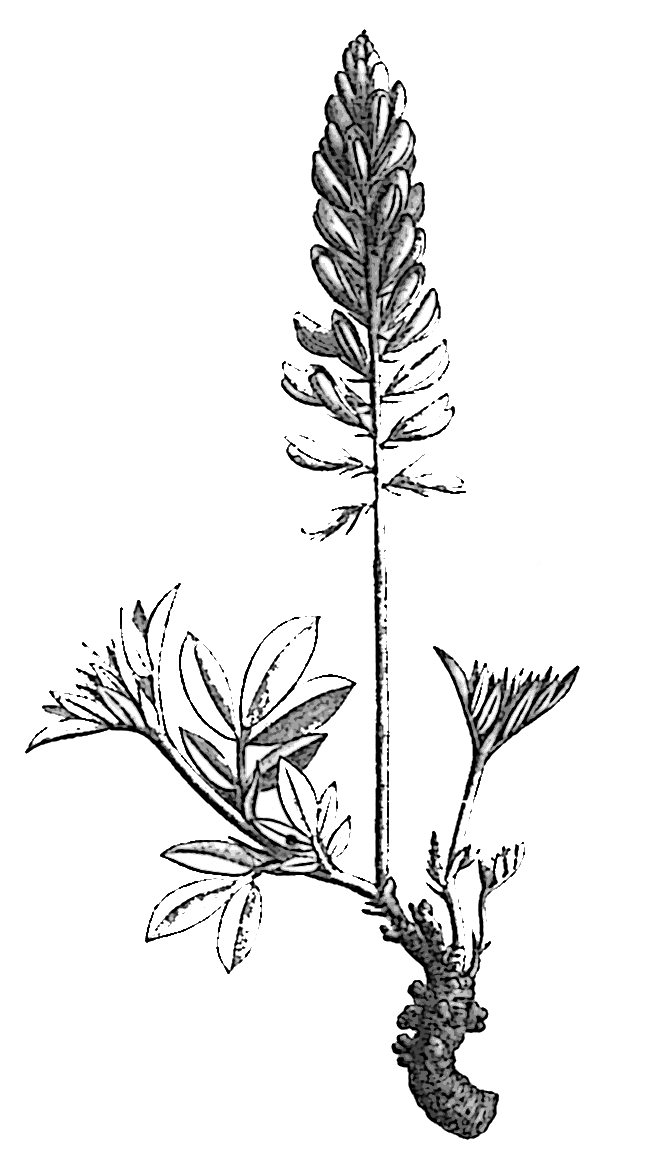
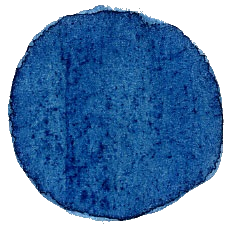
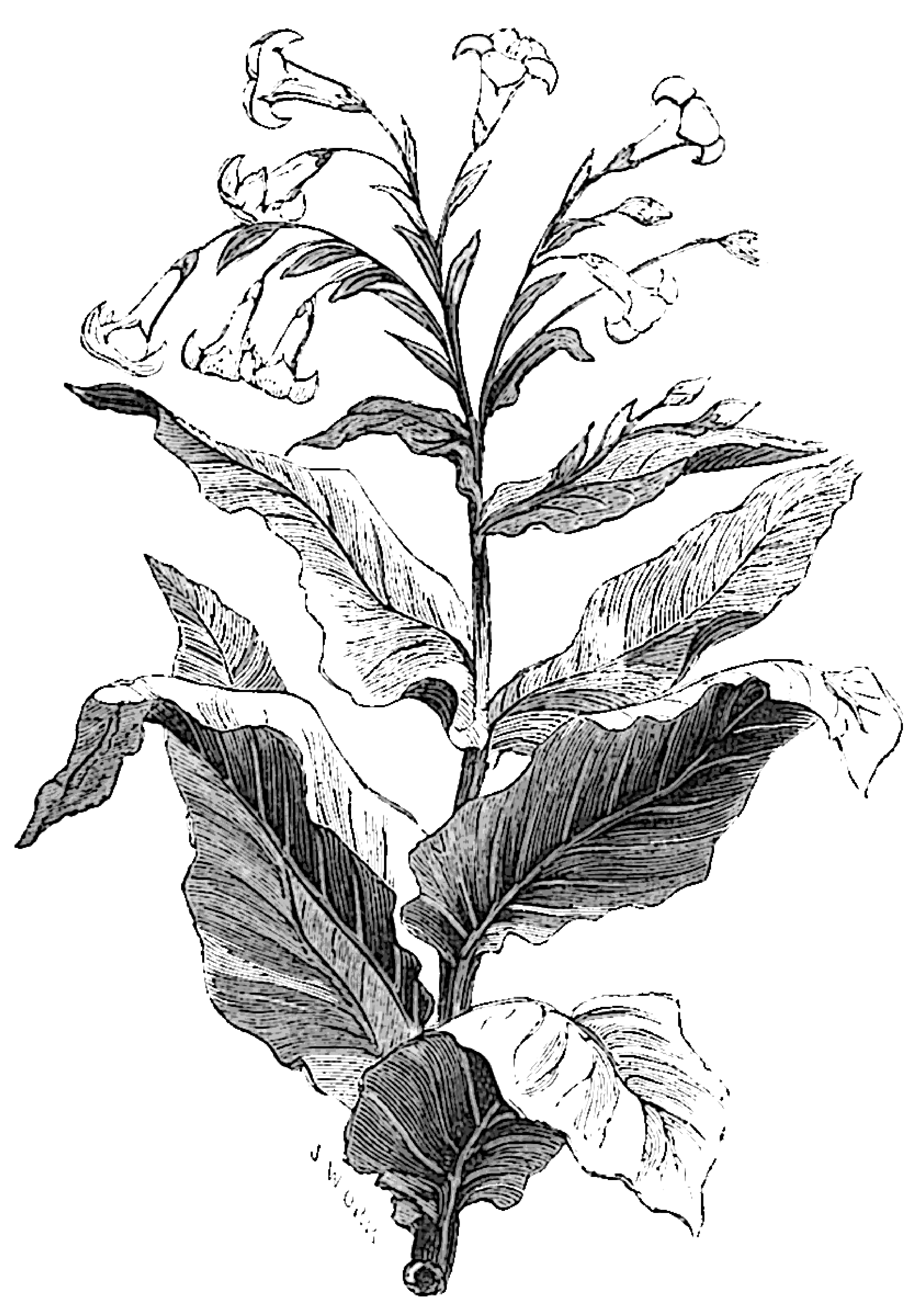
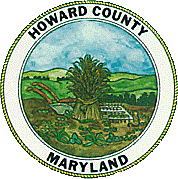
Maryland was planned to be a place for Catholics. But, all people could worship freely. The colony set things up that way. They passed the Maryland Act of Toleration in 1649. This law helped all Christians. It gave religious freedom to them.
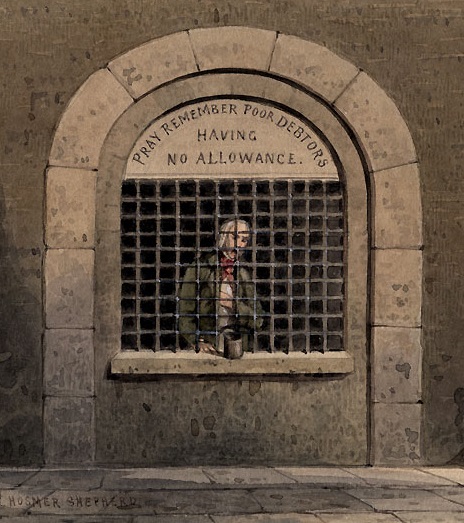
Georgia became a place for debtors. People in England who owed others money went there. They were in prison because they could not pay what they owed. Going to Georgia gave them another chance. It was a place some were allowed to go to start over. Georgia also protected England from Spain. It made a space between England and Spain.
There were many more men than women (Seven to one) in the south. Because of this, single women were highly sought after. They were especially protected.
Plantations needed workers. Many indentured servants went to the South to work. Plantations needed a labor force for their large farms. Slaves were also used. Over time, slaves were used more and more instead of indentured servants. There were also many yeoman farmers.
The middle class was smaller in the South. This was partly because there were fewer people. It was also harder for people to move up in life. With fewer people, there were not as many cities. Some artisans were hired to work on the plantations. Things were more spread out. Fewer people owned their own land because so many were servants or slaves.
Disease was a problem in the southern colonies. People got sick with typhoid and malaria. Many died from it. The expected amount of time people lived in Maryland was 10 years shorter than in New England. Many children reached adulthood with only one parent.

Reading resources
© Reading-SocialStudiesSolutions
Text Credits:
http://education-portal.com/academy/lesson/13-colonies-colonial-life-economics-politics.html;
Northern Colonies- Mayflower Compact, governments- http://www.ushistory.org/us/3b.as; The Writer’s Guide to Everyday Life in Colonial America by Dale Taylor, p. 40, Rhode Island p. 49;
Middle Colonies- New Jersey government- The Writer’s Guide to Everyday Life in Colonial America by Dale Taylor, p. 55; Pennsylvania colony (Freedoms);
The Extraordinary Suzy Wright: A Colonial Woman on the Frontier by Teri Kanefield, p. 9;
http://www.socialstudiesforkids.com/subjects/colonialtimes.htm;
Farmers- The Farmer by Wil Mara;
Women- The Extraordinary Suzy Wright: A Colonial Woman on the Frontier by Teri Kanefield, p. 14 (rights);
http://www.history.org/almanack/life/trades/traderural.cfm;
http://www.history.org/almanack/life/trades/traderural2.cfm;
http://www.ushistory.org/us/5e.asp;
http://www.usahistory.info/colonial/customs.html;
http://www.history.org/History/teaching/dayInTheLife/webactivities/dress/dress.cfm (Colonial dress);
Two Sets of clothes- The Writer’s Guide to Everyday Life in Colonial America by Dale Taylor pp. 254)
http://www.williamsburgkids.com/people/;
http://www.youtube.com/watch?v=ZeCXLiwWqKw (Making linen from flax);
http://www.ushistory.org/us/5a.asp;
http://www.ushistory.org/us/5b.asp;
http://www.history.org/kids/visitUs/colonialPeople/slave.cfm;
http://www.ushistory.org/us/1a.asp;
http://www.pbs.org/ktca/liberty/perspectives_daily.html#;
Abigail Adams by Kem Kapp Sawyer; DK Publishing 2009;
A Museum of Early American Tools by Eric Sloane;
http://www.foodtimeline.org/foodcolonial.html;
www2.census.gov/prod2/decennial/documents/00165897ch01.pdf- Population statistics;
Wool and Flax- The Writer’s Guide to Everyday Life in Colonial America by Dale Taylor pp. 252-253;
My Dearest Friend: Letters of Abigail and John Adams by Margaret A. Hogan and C. James Taylor p. 162
Image Credits:
Plantation- Moses H Cone-Wikimedia Commons;
13 Colonies in 1775- map3-cg-realms from National Atlas- Wikimedia Commons;
Map of territorial growth 1775 by cg-realms from the National Atlas- Wikimedia Commons and by BNielsen- Openclipart.org;
Tobacco- Tobacco Plant posterized by JW Orr- Wikimedia Commons;
Seal of Howard County, Maryland by Edward Stabler- Wikimedia Commons;
Indigo- Indigo plant -Fera Campestris- by Paul Hermann Wilhelm Taubert- Wikimedia Commons;
Indigo plant extract sample by Palladian- Wikimedia Commons;
Rice Plant- Oryza Sativa -posterized- by Kawahara Keiga through Naturalis Biodiversity Center - RMNH.ART.709 1823 - 1829 - Siebold Collection- Wikimedia Commons;
Rice- Steamed rice in bowl 02 by Anna Frodesiak- Wikimedia Commons;
Debtor in Fleet Street Prison by Thomas Hosmer Shepherd- Wikimedia Commons
Text Readability:
ATOS- 5.0
Flesch-Kincaid Level- 5.33
SMOG Index- 8.01
Notes:

